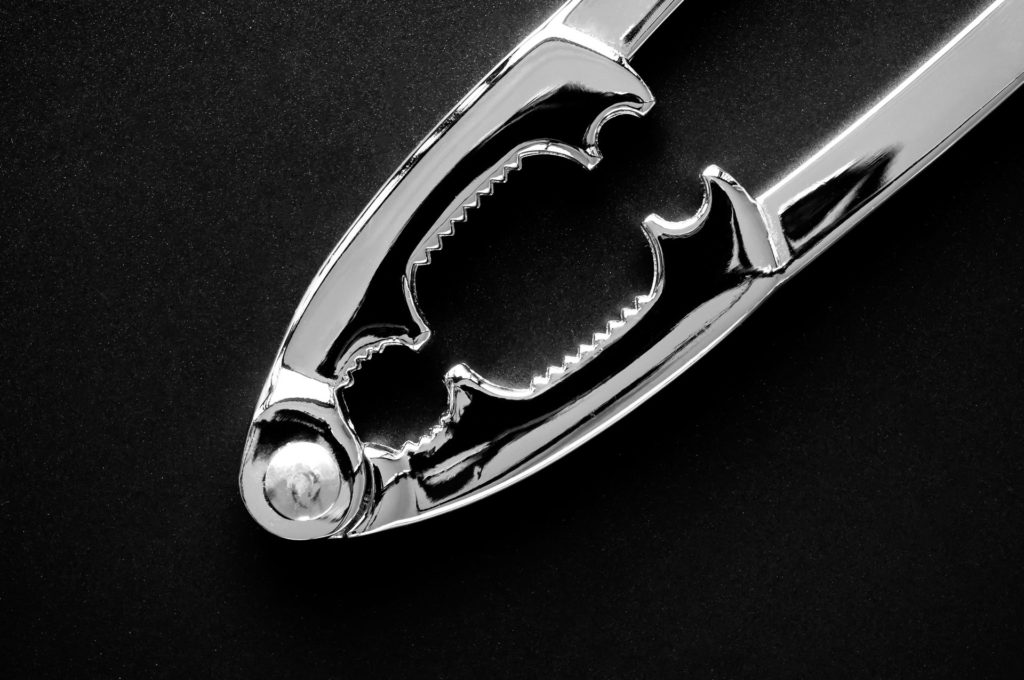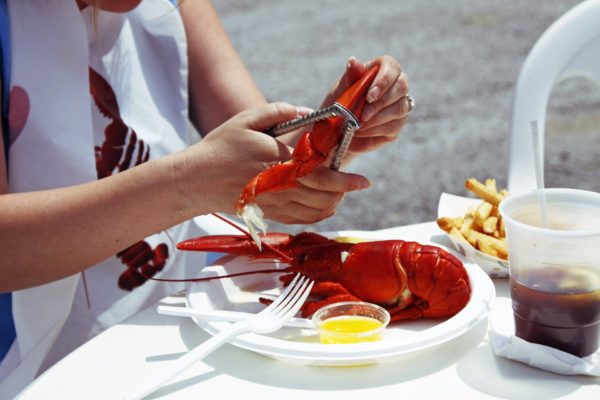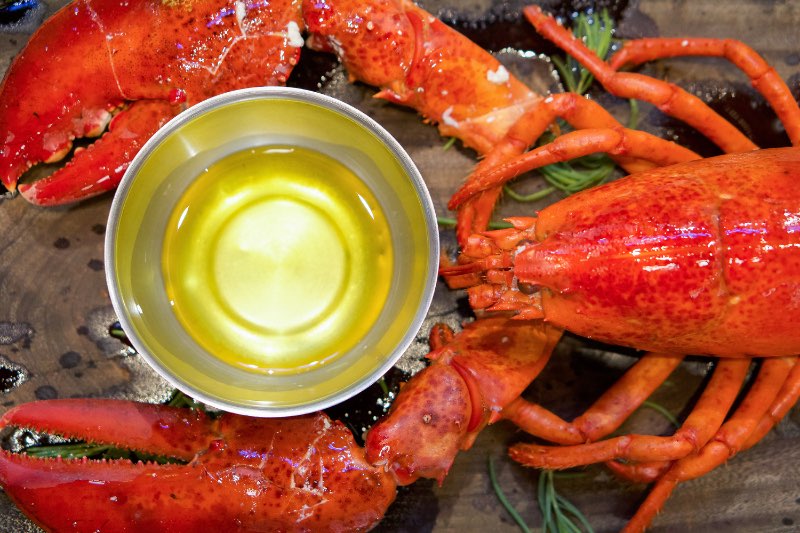New to lobster?
How to eat a rugosa lobster
The no-embarrassment guide to fine seafood dining.
At Rugosa Fresh Lobster, we not only pride ourselves in providing the freshest catch but also in guiding you through the delightful experience of indulging in a lobster feast. Eating lobster can seem a bit daunting if you’re new to the process, but with our step-by-step guide, you’ll become a pro in no time!

1. Setting the Stage:
Before diving into the intricacies of eating lobster, it’s important to have the right tools and ambiance:
1. Tool: Arm yourself with lobster crackers, picks or small forks, and a sturdy bib (yes, things can get messy!).
2. Plating: A large plate with compartments or a lobster placemat is ideal. This helps segregate the shell pieces from the meat.
3. Sides & Sauces: Have melted butter, lemon wedges, and other desired dips on standby.
The Step-by-Step Guide
to Eating Lobster
1. Starting with the Claw:
- Hold the lobster body with one hand and twist the claw off with the other.
- Use the cracker to break open the claw, especially the larger, harder part. Extract the meat using your pick.
- Remember, the small part of the claw, or the ‘thumb,’ contains succulent meat. Break it at the joint and push the meat out.
2. Moving to the Legs:
- The legs hold delectable, albeit small, bits of meat.
- Straighten a leg and roll it from one end, using a rolling pin or the back of a knife, pushing the meat out from the other end.
- You can also suck the juice out of the legs for a briny treat.
3. The Tail, the Main Attraction:
- Straighten the tail and twist it away from the body.
- Use both hands to press the tail sides inward, cracking the underside.
- Pull apart the shell to reveal the tail meat in its entirety. Pull it out in one piece.
- Slice open the underside of the tail to expose and discard the digestive tract, which runs down the center.
- Enjoy this thick and juicy section dipped in butter!
4. Don’t Forget the Body:
- The body contains softer meat that’s absolutely worth the effort.
- Crack open the body down the middle and explore the compartments for hidden treasures of meat.
5. The Lobster Roe and Tomalley:
- The roe are the red (if cooked) or black (if uncooked) eggs found in female lobsters. They’re rich and considered a delicacy by many.
- Tomalley is the lobster’s liver and has a creamy texture and distinct flavor. While some love its taste, others prefer to avoid it due to potential toxins.

Tips for a Gratifying Lobster Experience
Savor Slowly: Lobster is a delicacy that’s best enjoyed slowly. Relish every bite.
Pair with Wine: A crisp white wine, such as Chardonnay or Sauvignon Blanc, complements the sweetness of the lobster.
Use the Butter: Melted butter is more than just a side—it elevates the lobster’s natural flavors.
Stay Hydrated: Drink water in between bites. This not only cleanses the palate but also ensures you relish every flavor the lobster offers.

Eating lobster is not just about satisfying your hunger—it’s an experience, a ritual, a celebration of the ocean’s bounties. Whether you’re dining at a fancy restaurant, enjoying a coastal picnic, or at a family gathering, the act of cracking open a lobster, extracting its sweet meat, and dipping it in golden melted butter is one of life’s unparalleled joys.
At Rugosa Fresh Lobster, we are committed to ensuring every lobster you get from us promises an unforgettable dining experience. So, roll up your sleeves, wear that bib with pride, and dive into a lobster feast that will linger in your memories for a long time. Cheers to good food and even better experiences!


